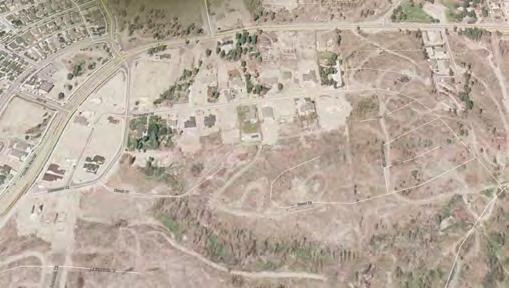Figure 2B shows the same two lots with a new house replacing the destroyed one. The new house appears to have been built with stucco or non-combustible exterior cladding, reflecting a lesson learned.
1(A)
1(B)
Okanagan Lake
Damage assessment areas City of Kelowna Aug. 23/03
Figure 1. (A) Incomplete map of fire damage in the City of Kelowna after the 2003 Okanagan Mountain Park fire (Castanet.net, ND). (B) Satellite image of area indicated by red rectangle in Figure 1A in December 2004 (Google Earth).
2(A)
2(B)
Figure 2. (A) Street-level photo from immediately after the fire shows that buildings immediately adjacent to destroyed houses are not wholly untouched. Note the melted vinyl siding on the green house. (B) The same two lots, showing the nearby house repaired and the destroyed one rebuilt. It appears the new house has been rebuilt with non-combustible stucco exterior finish. (A and B: Ottawa Citizen 2013).
2.1.4 Relevant Evidence from the 2011 Flat Top Complex Wildfire The Flat Top Complex Wildfire Review Committee (2012) was created to “assess Alberta’s wildfire management program with a focus on the department’s response to the wildfires that entered the Town of Slave Lake and nearby communities of Poplar Estates, Canyon Creek, and Widewater in May 2011.” Two of the three fires that comprise the complex destroyed 610 buildings, including about one-third of the buildings in Slave Lake. The authors echo others about climate change, longer fire seasons, and “aging coniferous forests dominating more of the landscape” that make “Alberta’s forests … likely more flammable than they were even 50 years ago.” They note the prior lack of wildfires in Alberta: “Prior to 2011, the last wildfire causing widespread damage to a community was in 1919 when the Town of Lac La Biche was destroyed, and 14 people lost their lives. Since 1919, and prior to the 2011 wildfires in the Slave Lake area, the most significant losses were experienced in 2001 when a wildfire destroyed 10 homes in the hamlet of Chisholm.”
5








